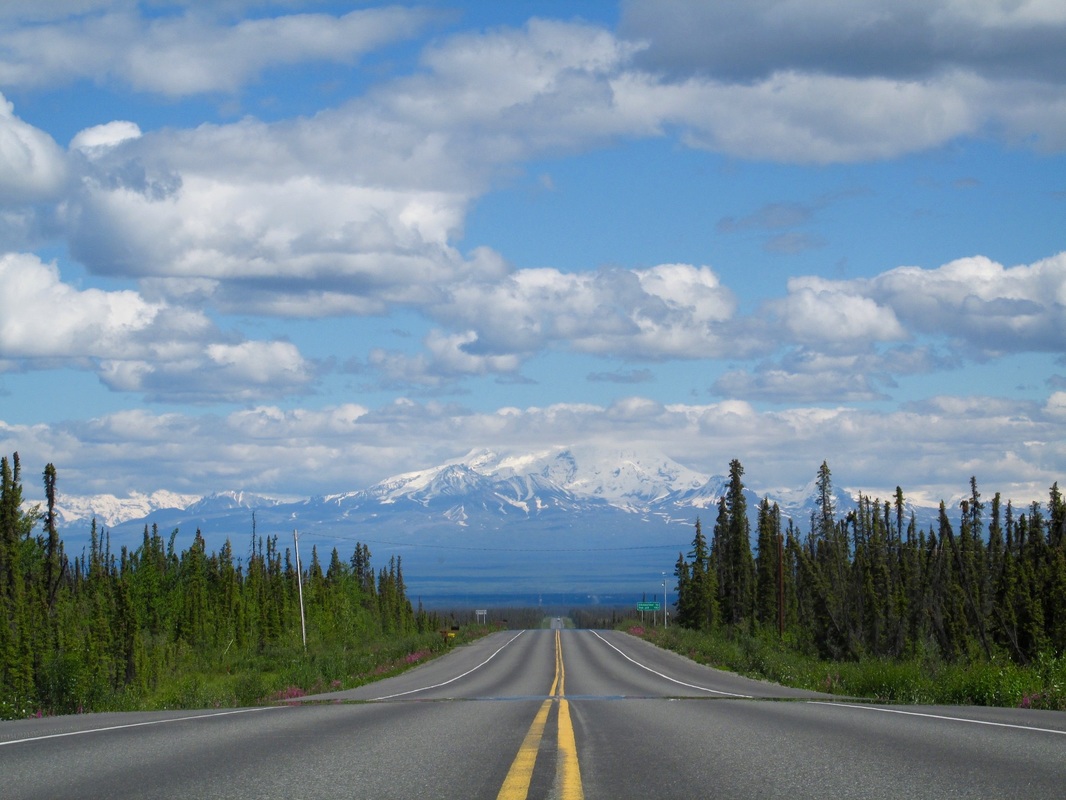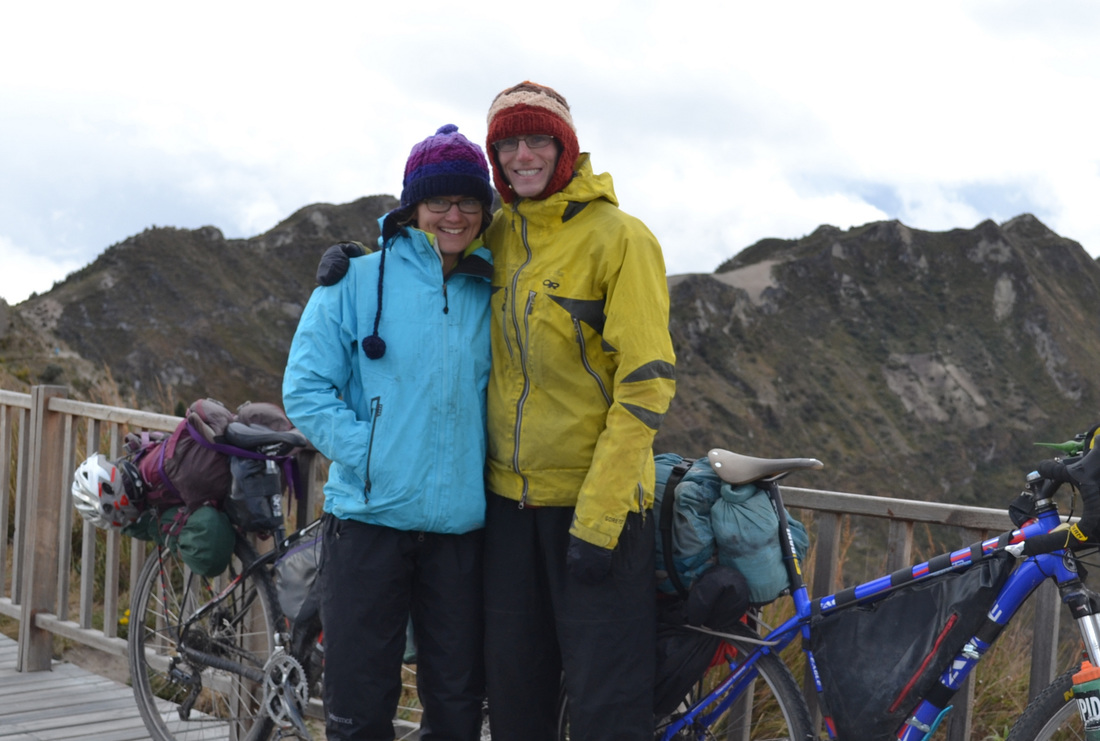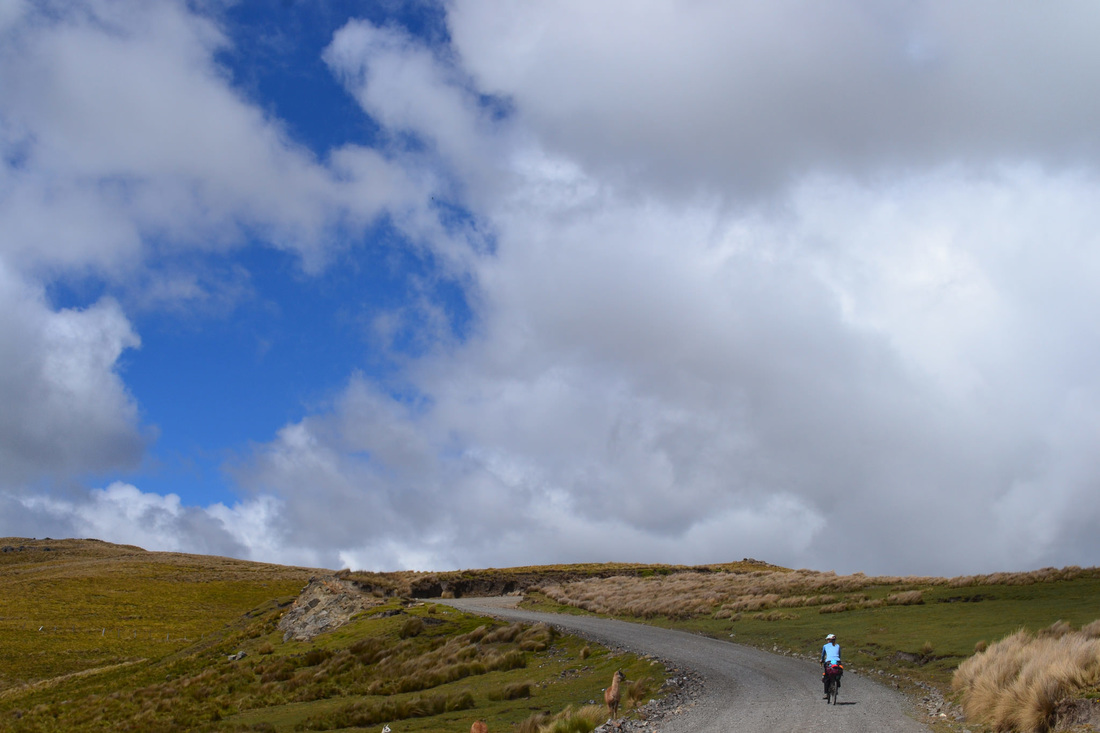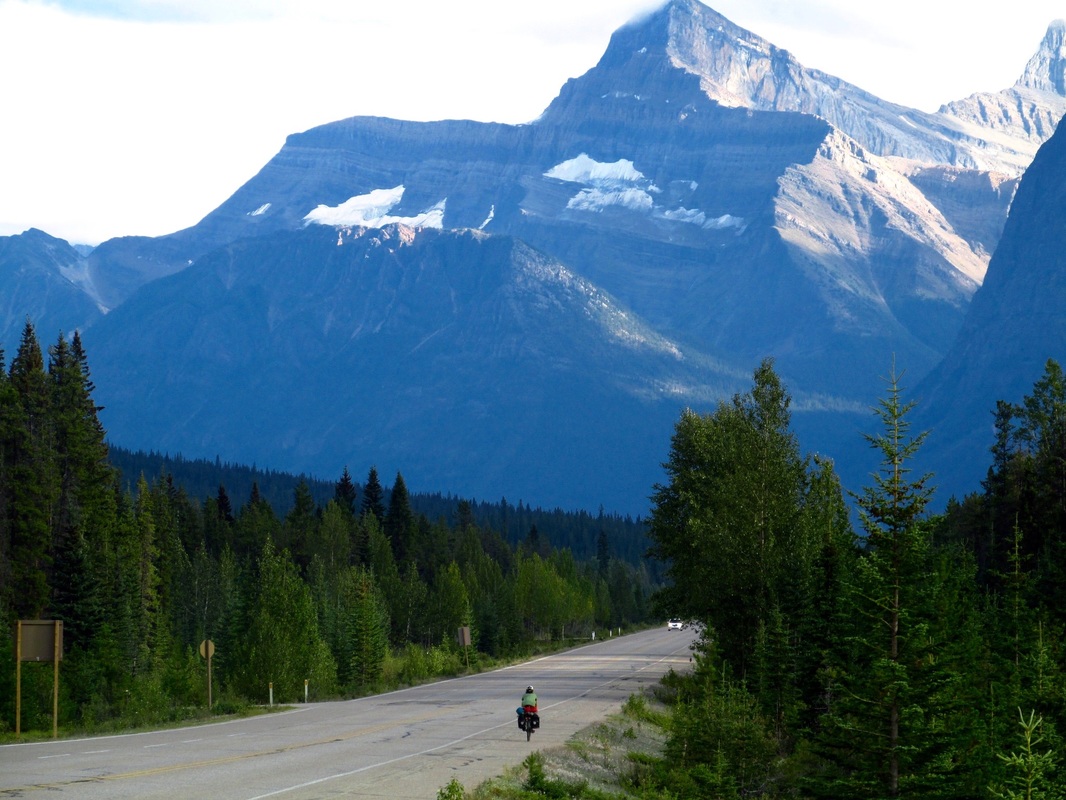ASC Roadkill Adventurer
One night at a barbecue in Fairbanks, Alaska, a friend asked me if I wanted to try moose meat.
“It’s roadkill,” he said with pride—the same way a suburban foodie might say, “It’s organic.”
Vegetarian that I am, to say that I was unimpressed would be an understatement. But soon I realized that these grisly slabs were exempt from the reasons I avoid meat. It was lean—tough, but healthful. It was local, having come from right up the road (literally).
Best of all, this moose, until its unfortunate last moments as a hood ornament, lived its life as Old McDonald’s pigs and chickens can only dream of: in the wild, with ample habitat and freedom. Furthermore, it would now feed my friends for a winter.
It felt right, somehow—like I had rejoined the food chain.
I am a long-distance cycle tourist. Since the moose barbecue a year ago, I have pedaled to Ecuador, where roadkill is less appetizing. After a few months on the road, seeing crushed animals became the disgusting norm. One particular event still burns hot in my mind.
While riding through northern Colombia, my partner and I came across two plump guineafowl, a bird species we’d never seen, feeding next to the road. We watched eagerly for a few moments, but our excitement turned to horror when one of the birds, attempting to cross the road, was clipped by a speeding SUV. The car disappeared around a curve with an annoyed honk. Feathers flew. The injured bird flapped feebly in the road, and as a truck came around the bend, for a split second I imagined running into the road, scooping up the bird, and bringing it to safety. Instead, I watched numbly as life was snuffed out of the chattering guineafowl, never to return.
I found myself with a lot of questions. How many poor souls were carried to animal heaven on bumpers every day, every hour, every minute? How many people noticed? How many lives had I taken as I a four-wheeled traveler myself? Wait, did I just run over a butterfly?
After doing some lengthy mental calculations, the numbers I came up with and the costs to humans were far from encouraging. I calmed myself with the knowledge that people in many areas do care about reducing the number of vehicle-animal collisions.
Months prior, as I ascended a windy pass in British Columbia, I met a ranger in Banff National Park standing by a roadside diorama showing the park service’s considerable efforts to keep wildlife off of roads. Struggling to keep the tiny animal figurines from blowing away from the model, the ranger said the fence around the busy Trans-Canada Highway, on which I had ridden a few days before, was electrified to stop animal traffic. And those artsy bridges that look like they need a weed-whacker? Those are wildlife crossings, overgrown intentionally to connect habitats fragmented by the highway. The six bridges in Banff, along with 38 underpasses, have produced outstanding results: Since 1996, large mammals have used the infrastructure over 200,000 times, which has resulted in a more than 80 percent reduction in vehicle-animal collisions. Canadians will have to look elsewhere for their venison.
ASC and its partners at the UC-Davis Road Ecology Center are tapping into this potential: volunteers like me for the ASC Roadkill Survey report observations back to naturalists who can use the data not only to reduce future collisions, but also to learn about wildlife in less-studied areas. Maybe that flattened snake back there was an endangered species; maybe it’s never been seen before in this region. Maybe snakes are affected by traffic more than anyone originally thought.
Only with data from both our backyards and from the remote corners of the planet will we know the true effect our vehicles are having on wildlife populations, and the best way to reduce it.




